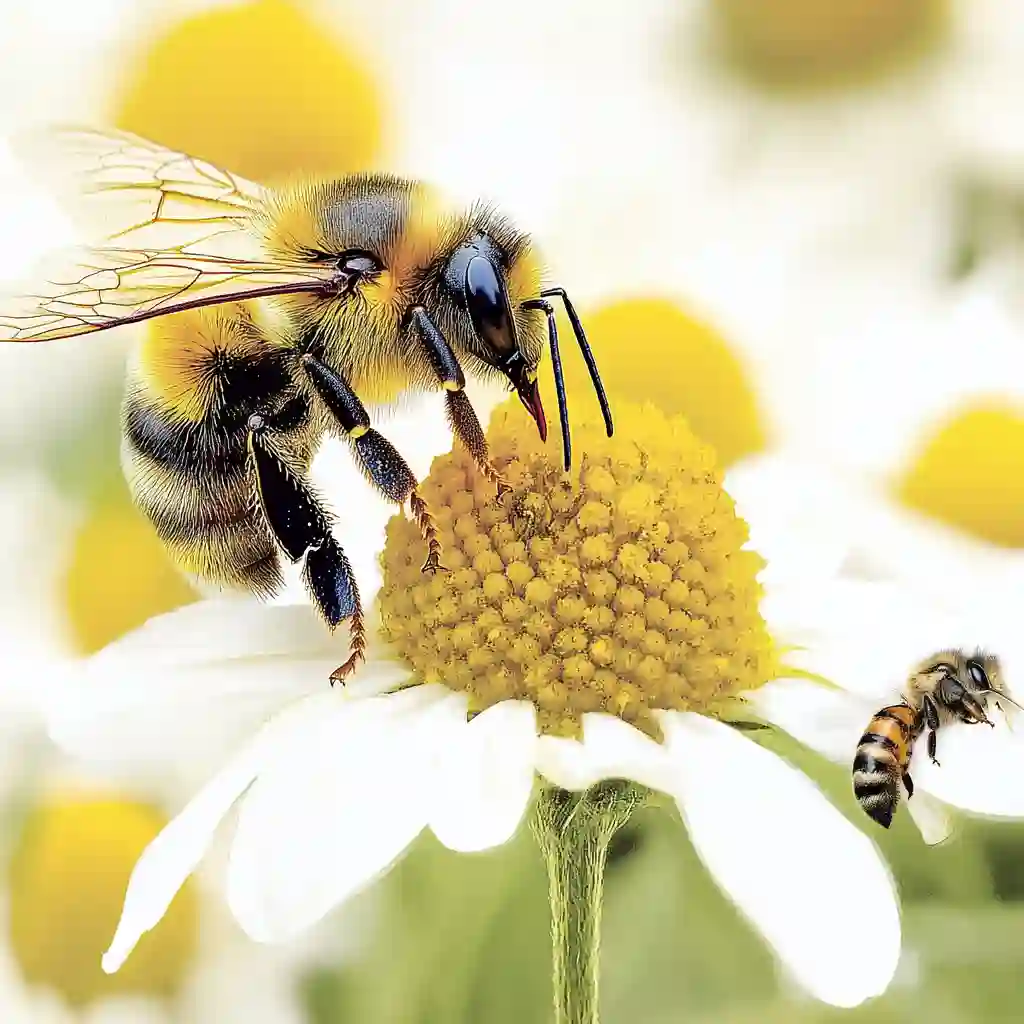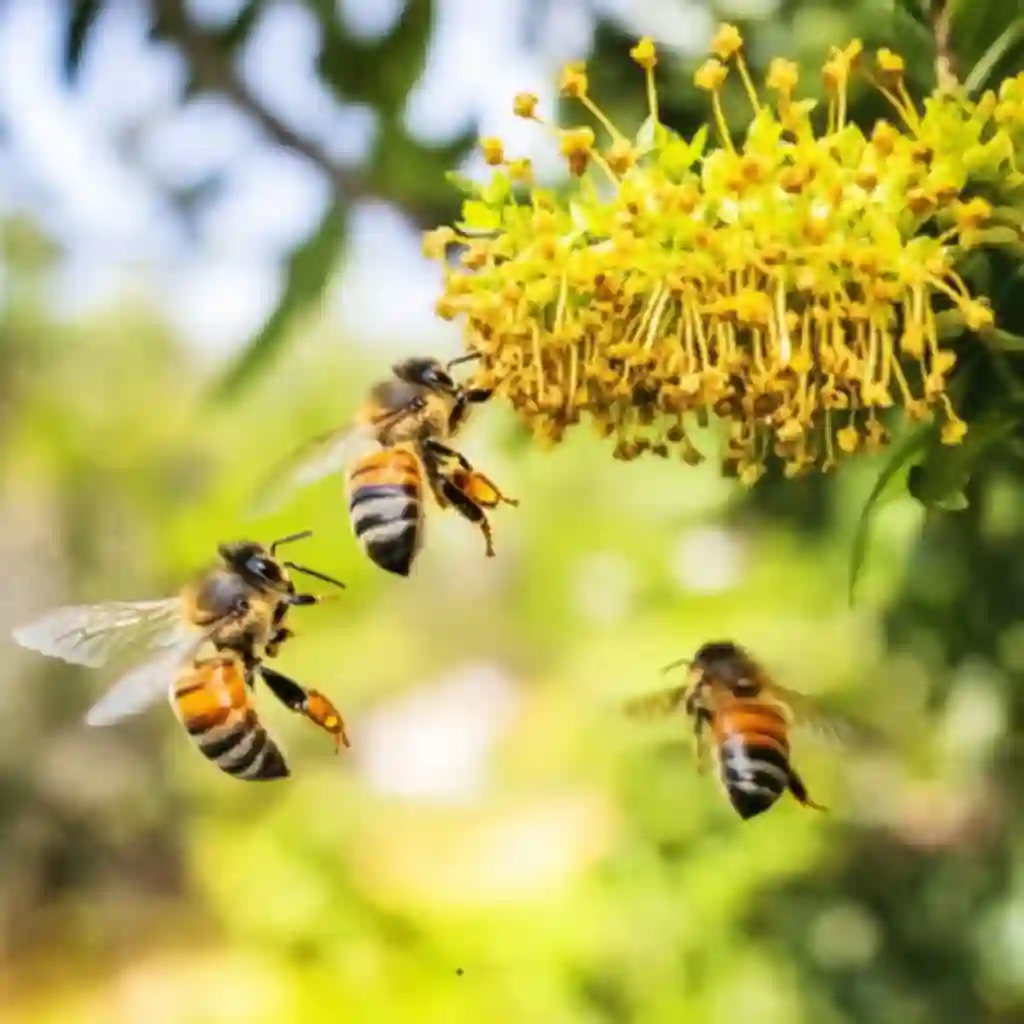Bees do far more than produce honey—they’re essential workers in the world of gardening. From the vibrant blossoms in your flower beds to the juicy tomatoes on your vine, many garden favorites owe their existence to these tireless pollinators. Understanding how bees pollinate and maintain garden health is key for any gardener looking to boost plant productivity and promote biodiversity naturally.
In this guide, we’ll explore the vital role bees play in pollination, how they enhance garden ecosystems, and practical ways you can support them. Whether you’re a novice or seasoned green thumb, learning about the relationship between bees and plants will transform the way you garden—for the better.
Quick Facts & Why Pollination Matters
🐝 Quick Facts About Bees and Pollination
- Over 20,000 species of bees exist worldwide, with honeybees and bumblebees being top pollinators.
- Bees pollinate over 75% of flowering plants and more than 30% of the crops we consume.
- A single bee can visit up to 5,000 flowers in one day.
- Bee pollination increases fruit size, yield, and seed quality in many plants.
🌼 Why Is Pollination So Important?
Pollination is a cornerstone of plant reproduction. It involves transferring pollen grains from a flower’s male part (anther) to the female part (stigma). This process leads to fertilization, seed development, and fruit production.
While wind and water can pollinate some plants, animal pollinators like bees are vastly more efficient—especially for fruits, vegetables, herbs, and ornamentals. Without them, many crops would produce fewer fruits, lower-quality yields, or fail entirely.
🐝 Why Bees Excel at Pollination
Bees have evolved as perfect pollination machines:
- Their fuzzy, electrostatically charged bodies trap pollen as they move from flower to flower.
- They exhibit flower constancy, meaning they focus on one type of plant at a time, ensuring effective cross-pollination.
- Bees also perform buzz pollination (vibrating flowers to release pollen), something few other insects can do.
The result? Healthy plants, abundant harvests, and a biodiverse garden buzzing with life.
Ideal Garden Conditions to Attract and Support Bees
Creating a bee-friendly garden isn’t just good for the environment—it’s one of the easiest and most rewarding ways to boost your garden’s productivity. By understanding what bees need to thrive, you can design a space that supports their lifecycle and benefits your plants.
🌞 1. Provide Sunlight and Shelter
Bees are solar-powered pollinators—they’re most active on warm, sunny days. To attract them:
- Choose planting areas that get at least 6 hours of sunlight daily.
- Avoid overly shaded spots, especially for flowering plants bees love.
- Include natural shelter like hedges, tall grasses, or bee hotels to provide nesting areas.
🌼 2. Grow a Diversity of Flowers
Bees need a varied menu to stay healthy. Aim to:
- Plant native flowers adapted to your region—they’re more familiar to local bee species.
- Choose a mix of colors, shapes, and bloom times to cater to different bees.
- Prioritize single-petal varieties over doubles, which are often harder for bees to access.
Bee favorites include:
- Lavender
- Coneflower (Echinacea)
- Bee balm (Monarda)
- Borage
- Calendula
- Sunflowers
🌸 3. Ensure Continuous Bloom
To keep bees coming back, your garden should offer blooms from early spring through late fall:
- Use succession planting to rotate crops and flowers.
- Include early bloomers like crocus and snowdrops, and late bloomers like goldenrod and asters.
💧 4. Offer Clean Water
Bees need hydration! A shallow dish with clean water and some pebbles for landing can help:
- Refresh water daily.
- Avoid deep containers where bees could drown.
🌱 5. Avoid Chemicals
Synthetic pesticides, herbicides, and fungicides are harmful to bees. Instead:
- Use companion planting and beneficial insects to control pests.
- Choose organic or natural solutions like neem oil or insecticidal soap if treatment is needed.
By optimizing your garden for bee health, you create a thriving ecosystem where plants, pollinators, and people all benefit.
Step-by-Step Guide to Creating a Bee-Friendly Garden
You don’t need a large yard or fancy landscape to attract and support bees. Whether you have a backyard, balcony, or even a windowsill, you can take steps to turn your space into a buzzing haven. Here’s how to get started:
🪴 Step 1: Plan Your Plant Palette
Start with a planting plan that ensures colorful, nectar-rich blooms across the seasons. Consider:
- Grouping similar plants together in clumps to make them easier for bees to spot.
- Including 3+ flowering types for each season (spring, summer, fall).
- Prioritizing open-faced flowers that make nectar and pollen easy to access.
💡 Pro Tip: Use apps or regional guides to find native bee-friendly plants specific to your climate zone.
🐝 Step 2: Provide Nesting Spaces
Not all bees live in hives. In fact, 70% of native bees are solitary ground-nesters. Support them by:
- Leaving some bare, undisturbed patches of soil.
- Avoiding mulch or landscape fabric in bee habitat zones.
- Adding bee hotels or nesting boxes for cavity-nesting bees like mason bees.
🚿 Step 3: Create a Bee Water Station
DIY your own hydration spot:
- Use a shallow saucer, fill with pebbles or marbles, and add fresh water.
- Place it at ground level in a shady spot.
- Clean regularly to prevent algae or mosquito larvae.
🧪 Step 4: Skip the Sprays
Avoid harmful garden chemicals by:
- Practicing integrated pest management (IPM)—identifying pests before treating.
- Using insect-repelling companion plants like basil, marigold, or nasturtium.
- Spot-treating issues rather than spraying broadly.
🌿 Step 5: Maintain with Purpose
Keep your garden healthy for bees by:
- Deadheading spent flowers to encourage more blooms.
- Avoiding over-fertilization, which can reduce nectar quality.
- Leaving some garden “mess”—like hollow stems or leaf litter—as overwintering habitats.
By following these steps, your garden won’t just look good—it’ll buzz with life and help pollinators flourish season after season.
Maintenance Tips & Natural Pest Control for Bee-Safe Gardens
Once your garden is buzzing with life, the next step is to keep it that way. Regular maintenance, paired with eco-conscious pest control, ensures a safe environment where both plants and pollinators can thrive.
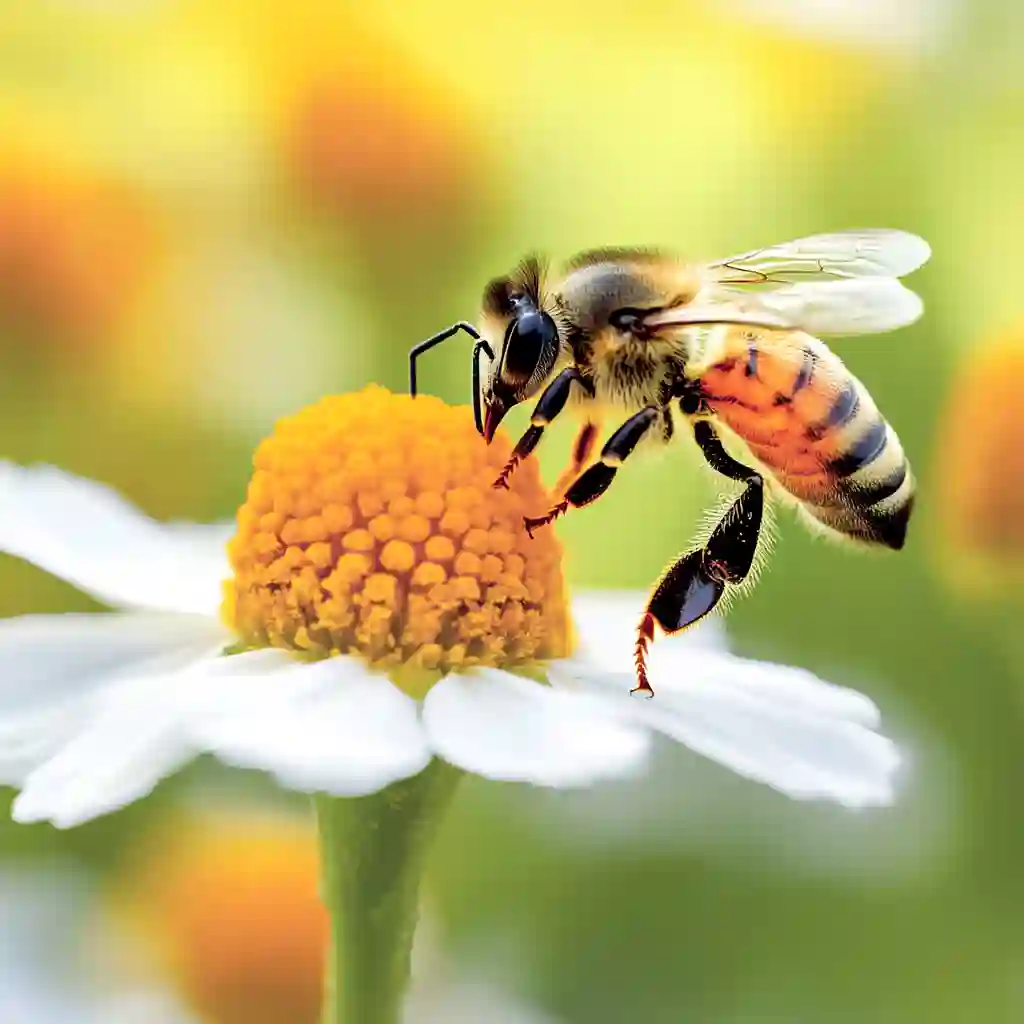
🧹 Garden Maintenance Tips for Bee Health
1. Minimize Disruption During Peak Activity
Bees are most active between 10 a.m. and 4 p.m. on sunny days. Try to avoid pruning, mowing, or spraying during these hours.
2. Let Some Plants Bolt
Allow herbs like basil, cilantro, and dill to flower once you’re done harvesting. Their blooms are a rich nectar source for bees.
3. Tolerate a Little Wildness
Leave a corner of your garden semi-wild with native grasses, wildflowers, and some deadwood. This promotes biodiversity and provides habitat for solitary bees and other beneficial insects.
4. Rotate Plants and Refresh Soil
Crop rotation and organic composting help keep your soil healthy and reduce disease without synthetic chemicals.
🐞 Natural Pest Control That’s Safe for Bees
Chemical pesticides can disorient or kill bees, even if they’re not the target. Fortunately, there are bee-friendly alternatives:
✅ Bee-Safe Pest Control Options:
- Neem Oil: Effective against aphids and whiteflies, but spray it at dusk or dawn when bees aren’t active.
- Insecticidal Soap: A gentle solution for soft-bodied pests—again, apply when bees are not around.
- Diatomaceous Earth: Natural and non-toxic to bees if applied correctly (avoid dusting flowers directly).
🌿 Companion Plants That Repel Pests:
- Marigolds: Repel nematodes, whiteflies, and aphids.
- Chives & Garlic: Deter Japanese beetles and spider mites.
- Nasturtiums: Act as a trap crop for aphids and caterpillars.
By taking a thoughtful, organic approach to garden care, you not only protect pollinators but also strengthen your garden’s natural ecosystem—leading to fewer problems and better harvests over time.
Common Bee Threats & How to Help
Even with a beautiful, blooming garden, bees still face numerous challenges. From habitat loss to chemical exposure, understanding these threats is essential to becoming a true pollinator ally. Fortunately, many of these issues can be addressed at the local level—starting right in your backyard.
⚠️ Major Threats Bees Face
1. Pesticides and Herbicides
- Neonicotinoids and other systemic chemicals are toxic to bees, affecting their navigation, reproduction, and survival.
- Even when not directly sprayed, residues can persist in soil and water, impacting pollinators long-term.
2. Habitat Loss
- Urbanization and monoculture farming reduce access to diverse floral resources and nesting areas.
- Neat, overly-manicured landscapes leave little room for wild pollinators to live and forage.
3. Climate Change
- Shifting bloom times can desynchronize plant-pollinator relationships.
- Unpredictable weather patterns (like late frosts or prolonged droughts) can reduce available nectar and pollen sources.
4. Pests & Diseases
- Parasitic mites (like Varroa destructor), fungal pathogens, and viruses threaten both wild and managed bee populations.
- These threats are exacerbated by stress from poor nutrition or chemical exposure.
🛠️ How You Can Help Bees Thrive
✅ Create “Bee Corridors”
Connect your garden to others by encouraging neighbors to plant bee-friendly blooms. More connected spaces mean more consistent forage.
✅ Go Organic (or Low-Intervention)
The fewer chemicals you use, the healthier your entire garden ecosystem becomes. Healthier plants support healthier bees.
✅ Support Local Beekeepers
Buy local, raw honey and advocate for sustainable beekeeping practices. This supports bee populations and educates communities.
✅ Stay Informed
Awareness leads to action. Share what you’ve learned with others and become a voice for pollinator protection.
Bees are resilient, but they can’t do it alone. With informed action and a little garden planning, you can be part of the solution—and help restore balance in your local ecosystem.
Expert Tips & FAQs on Bees in the Garden
Now that you’ve laid the groundwork for a bee-friendly garden, let’s dive into some expert insights and tackle common questions. These tips will help you go beyond the basics and become a true advocate for pollinators in your backyard.
🧠 Expert Tips for Supporting Bees
1. Think Beyond Flowers
While blooms are essential, bees also need diverse habitat elements. Incorporate:
- Native shrubs and trees (like willow, cherry, or maple)
- Wild grasses or “untidy” edges
- Logs or dead wood for cavity nesters
2. Skip Hybrid Flowers
Many modern hybrids are bred for looks, not nectar. Choose heirloom or native varieties for higher nectar and pollen quality.
3. Use the “No-Mow May” Approach
Allow parts of your lawn to go unmown in spring. This gives early-season foragers access to clover, dandelions, and other valuable nectar plants.
4. Keep It Blooming Year-Round
In warm climates, consider winter-blooming plants like camellias or rosemary to support bees during the off-season.
❓ Frequently Asked Questions (FAQs)
Q: Are all bees the same?
No! There are thousands of species, from honeybees and bumblebees to mason and carpenter bees. Many are solitary and don’t produce honey but are incredible pollinators.
Q: I’m allergic to bee stings—can I still have a bee garden?
Yes. Bees are non-aggressive when foraging and will not sting unless provoked. Avoid planting near high-traffic areas like doorways or patios if you’re concerned.
Q: Do bees need a hive to pollinate?
Not at all! Solitary bees like mason bees are often better at pollination than honeybees and require minimal habitat—like small holes in wood or soil.
Q: How can I teach kids about bees?
Start with bee-friendly planting projects, create DIY bee hotels, or watch pollinators together and try identifying different species.
With the right knowledge and a bit of intention, your garden can become a thriving sanctuary—not just for plants, but for the buzzing pollinators that keep everything growing.
Conclusion
Let Your Garden Buzz with Life 🐝
Bees are more than just honey producers—they’re the invisible workforce behind the health of your garden and the abundance of your harvest. By learning how bees pollinate and maintain garden health, you’re not only supporting your plants but also contributing to a larger ecological effort to protect vital pollinator populations.
From planting diverse, nectar-rich flowers to eliminating harmful chemicals and providing shelter, your efforts—big or small—can make a lasting impact. The more we recognize bees as partners in gardening, the more resilient, beautiful, and productive our gardens become.
Ready to make a difference?
Start today by adding just one bee-friendly plant to your space. Share your progress, educate your neighbors, and watch your garden come alive.
🌿 Love gardening inspiration? Follow me on Pinterest for bold plant ideas, tips, and seasonal color!
More Posts
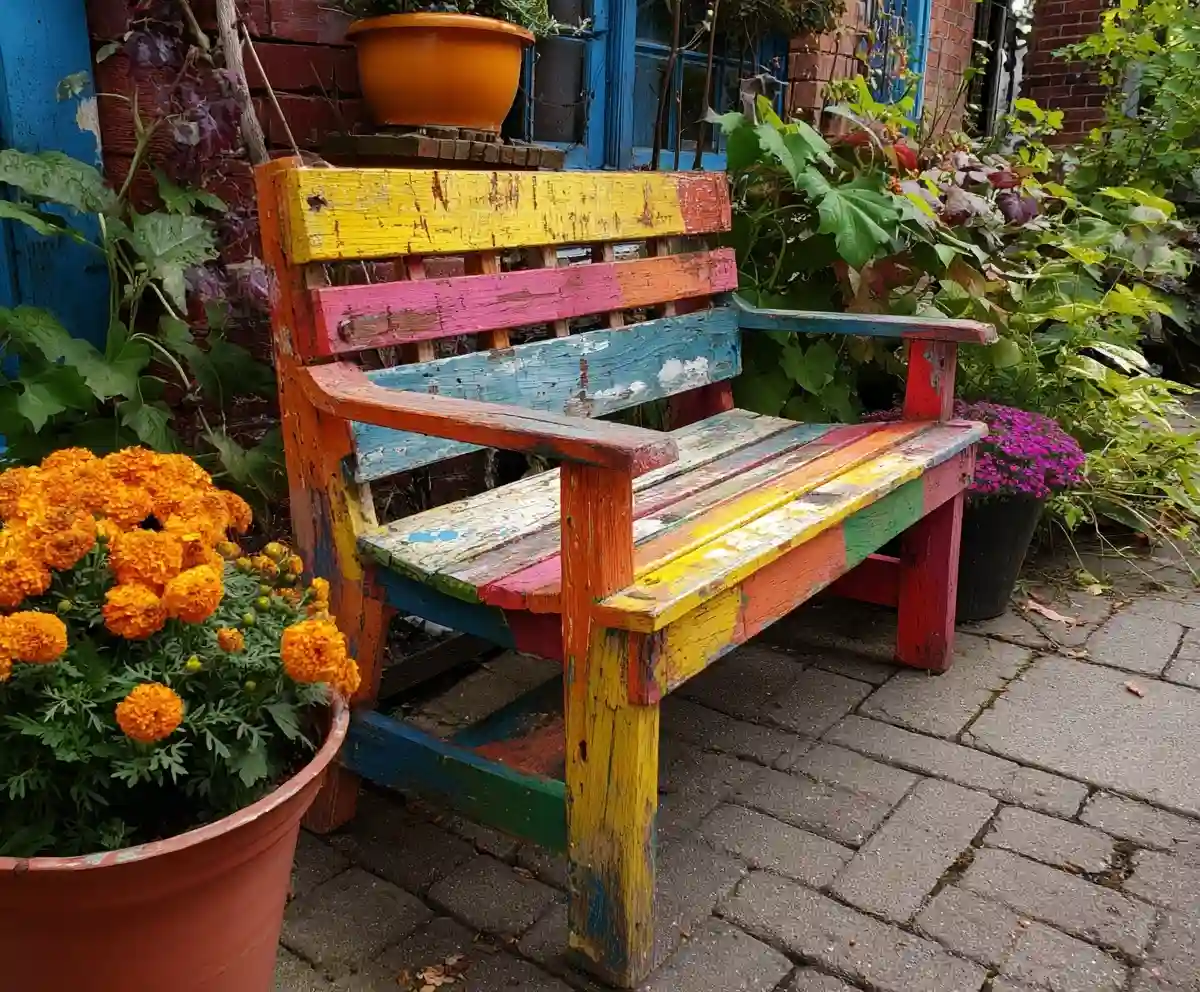
19+ Budget-Friendly Backyard Makeover Ideas
Backyard makeover ideas can turn even the most ordinary outdoor space into a warm, inviting retreat—without draining your wallet.
Read More →
21 Stunning & Simple DIY Clematis Trellis Designs
DIY clematis trellis designs are a beautiful way to blend creativity with function in your garden.
Read More →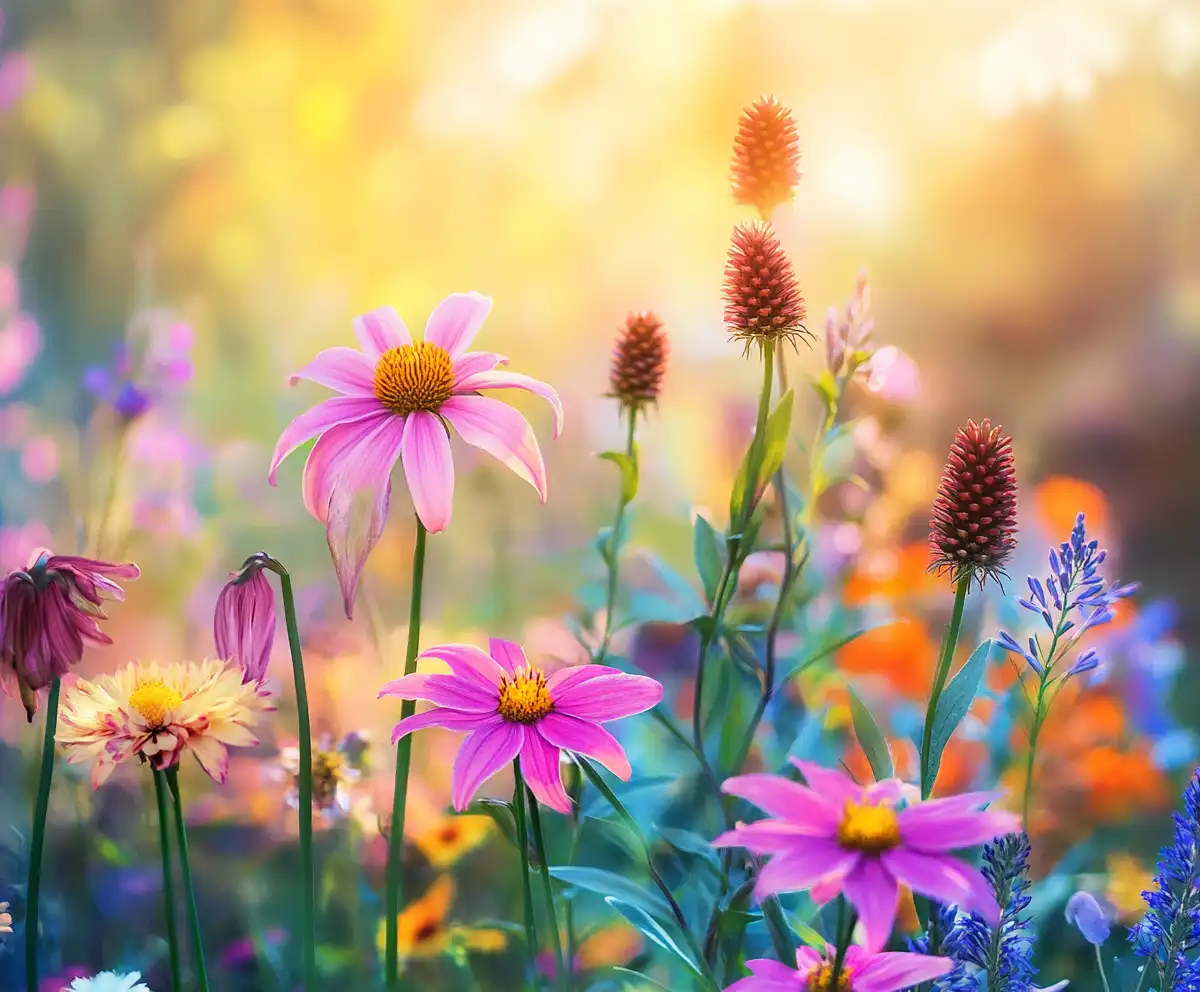
12 Full Sun Perennials That Bloom All Summer
Explore a selection of hardy perennials that flourish and bloom beautifully in full sun throughout the summer.
Read More →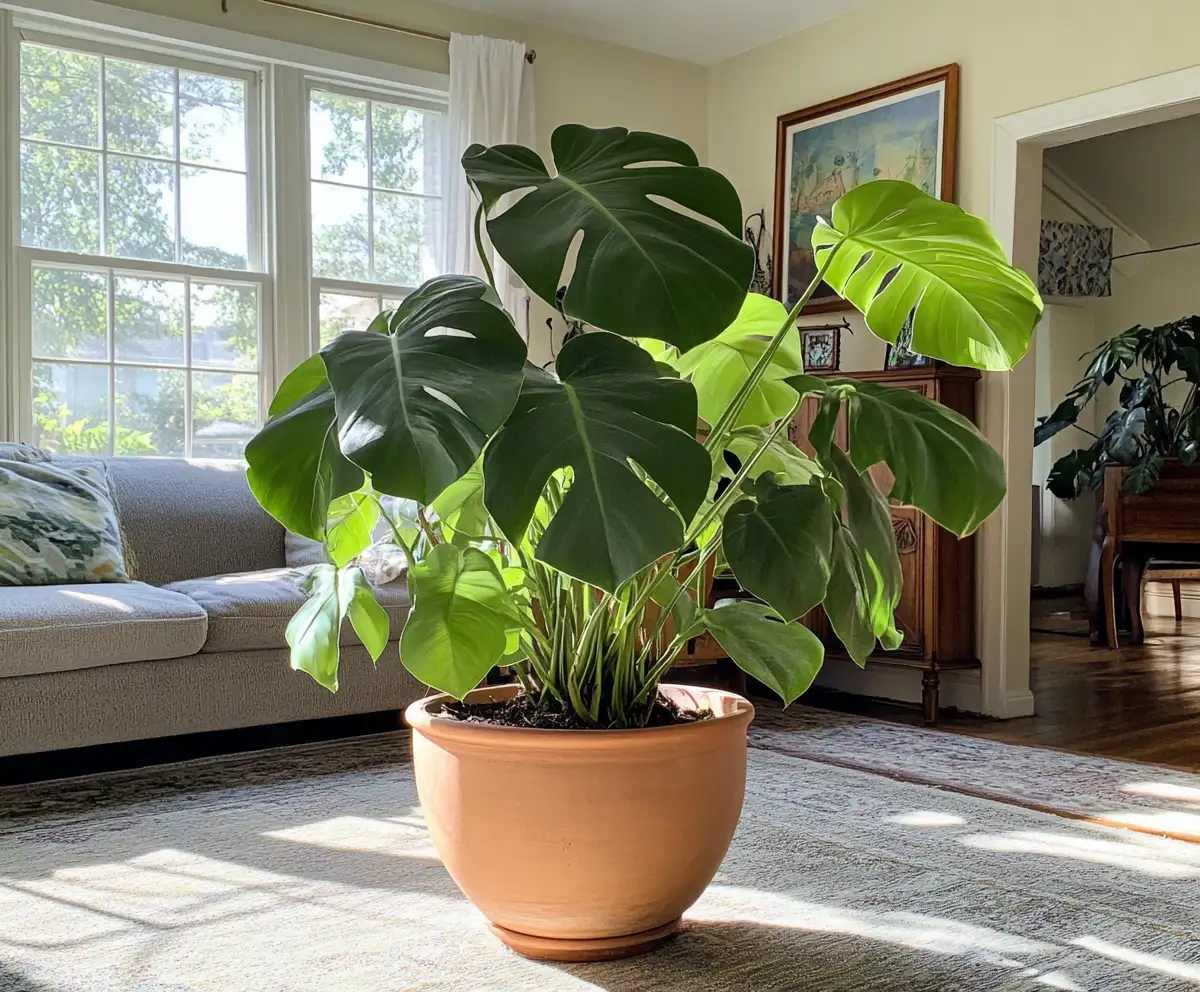
Houseplants for Living Room
Find the perfect houseplants to brighten and purify your living room while adding a touch of nature indoors.
Read More →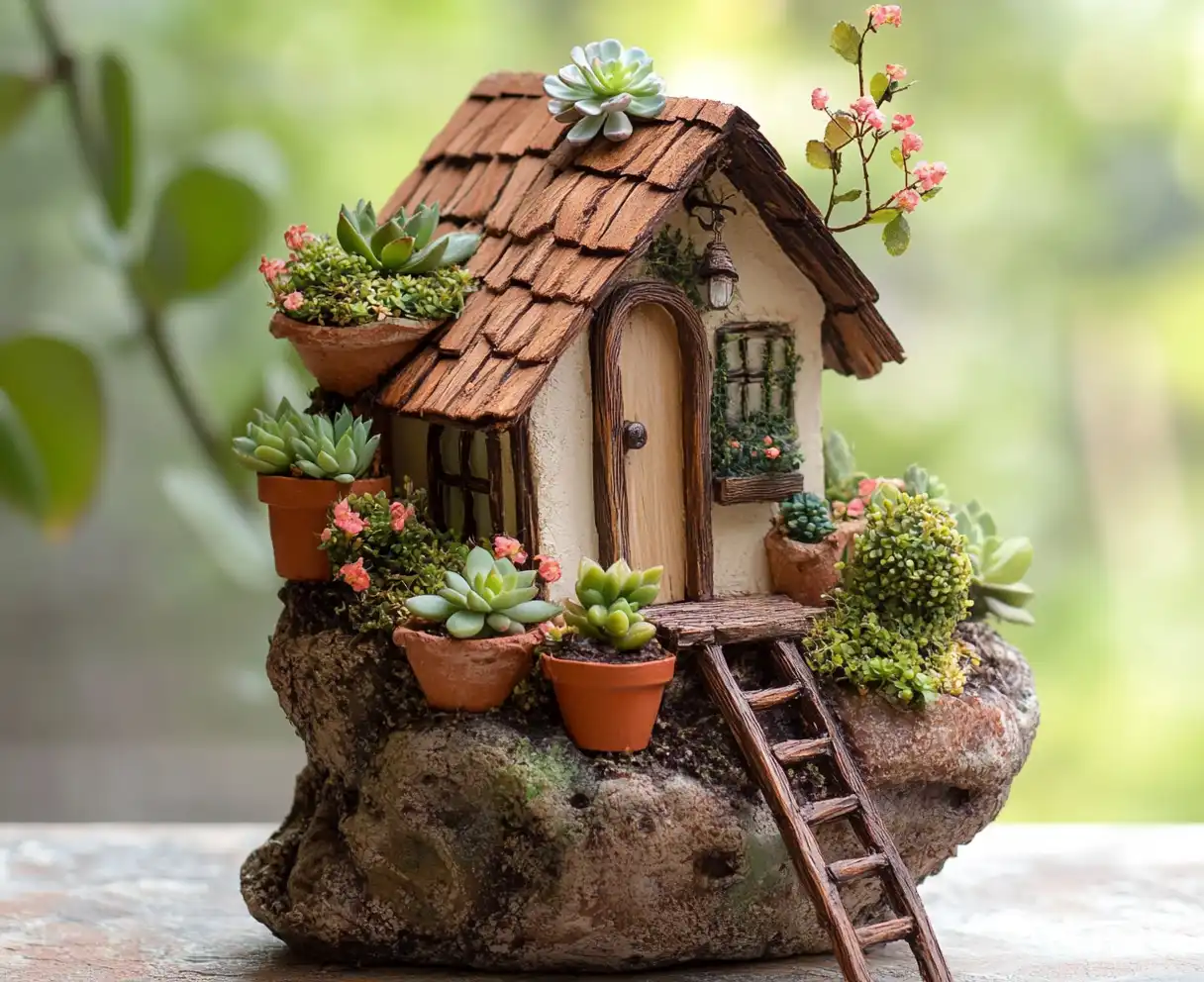
Backyard Play Area for Kids
Create a fun and safe backyard play area for kids with these inspiring design ideas and tips.
Read More →
Top Privacy Trees
Discover top tree varieties that provide natural privacy and enhance your outdoor space.
Read More →
